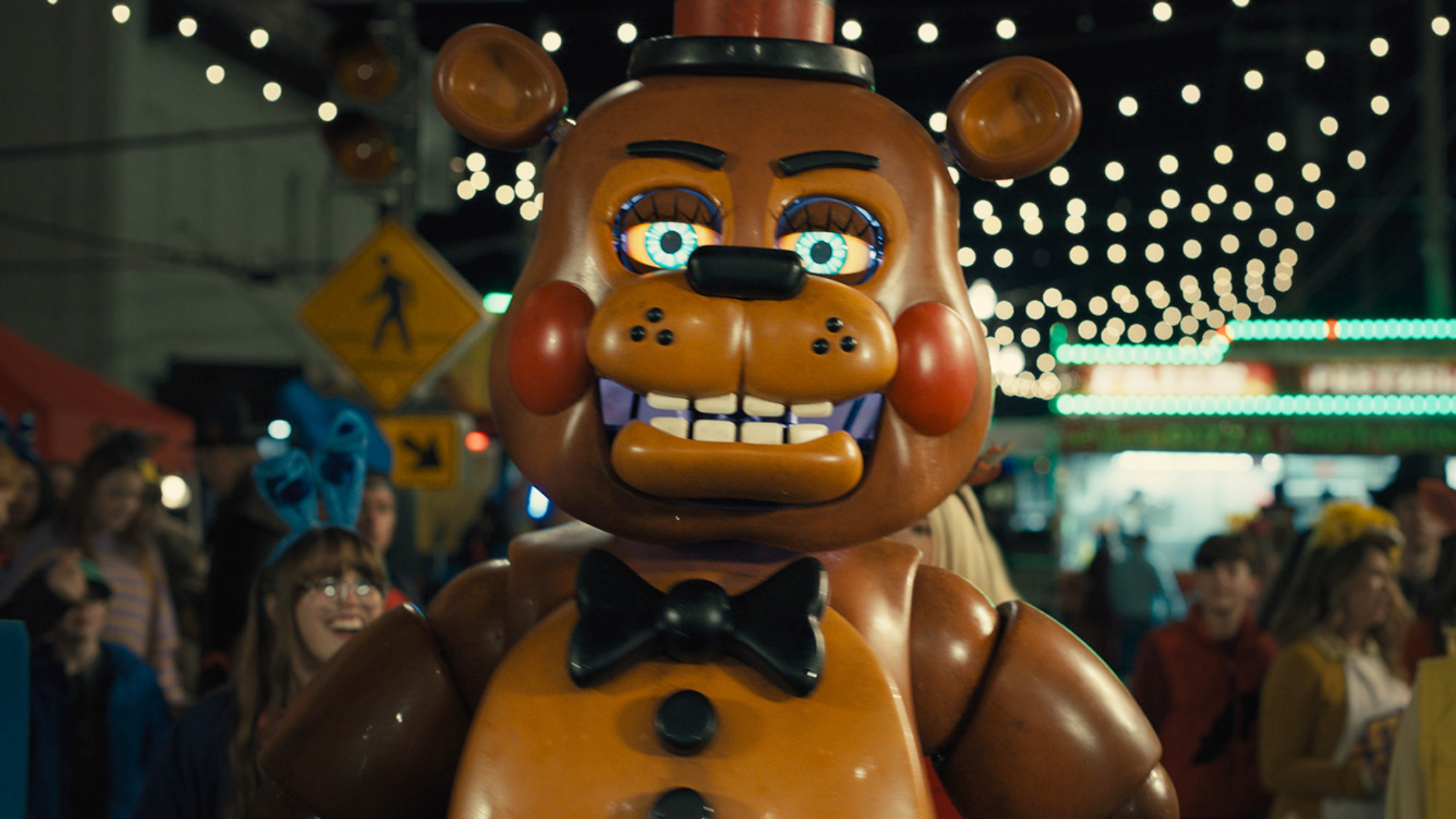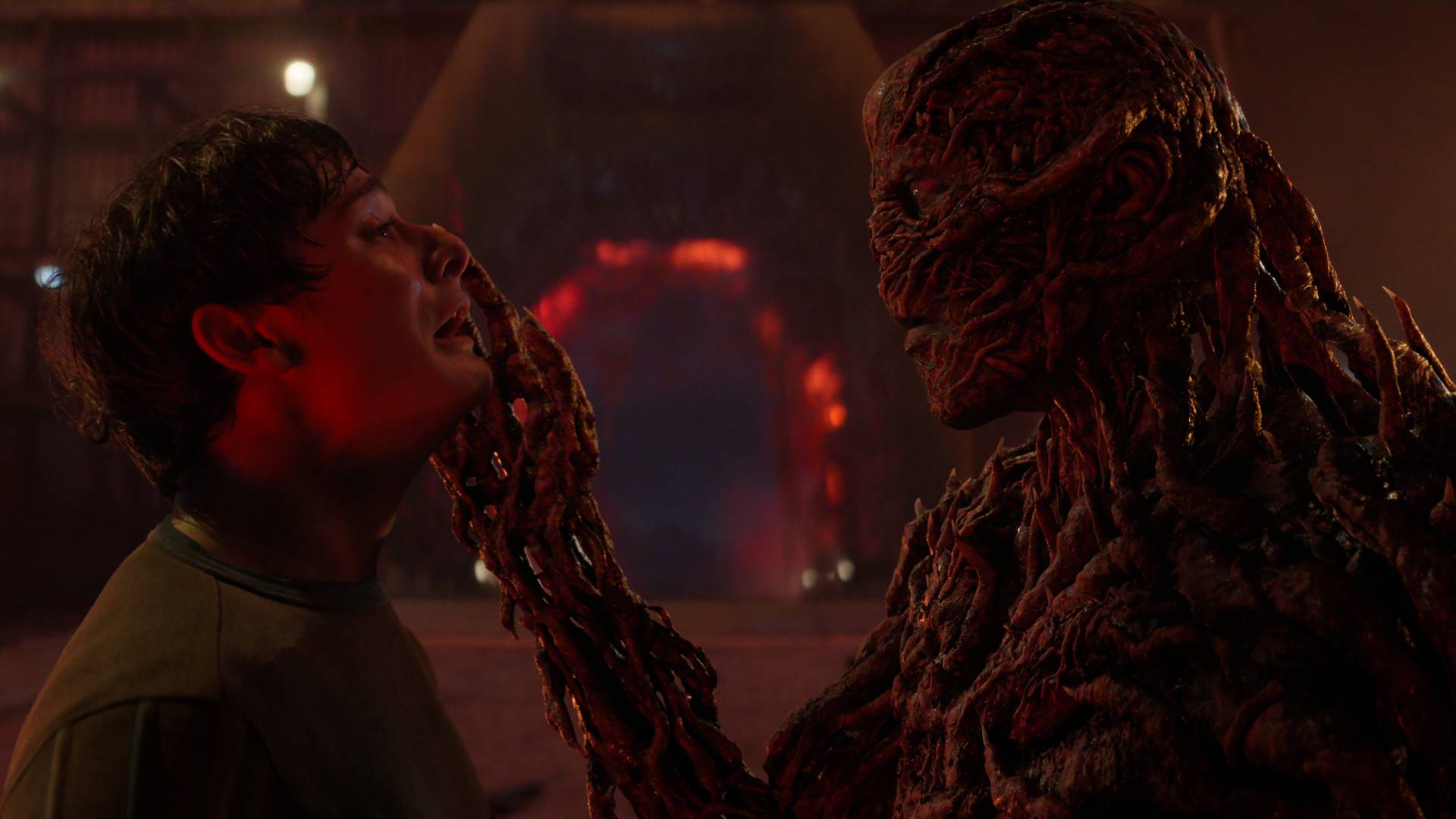Spiritfarer takes you on a deeply moving journey that reminds you those who leave us are never really gone
We set sail through Spiritfarer with creative director Nicolas Guérin
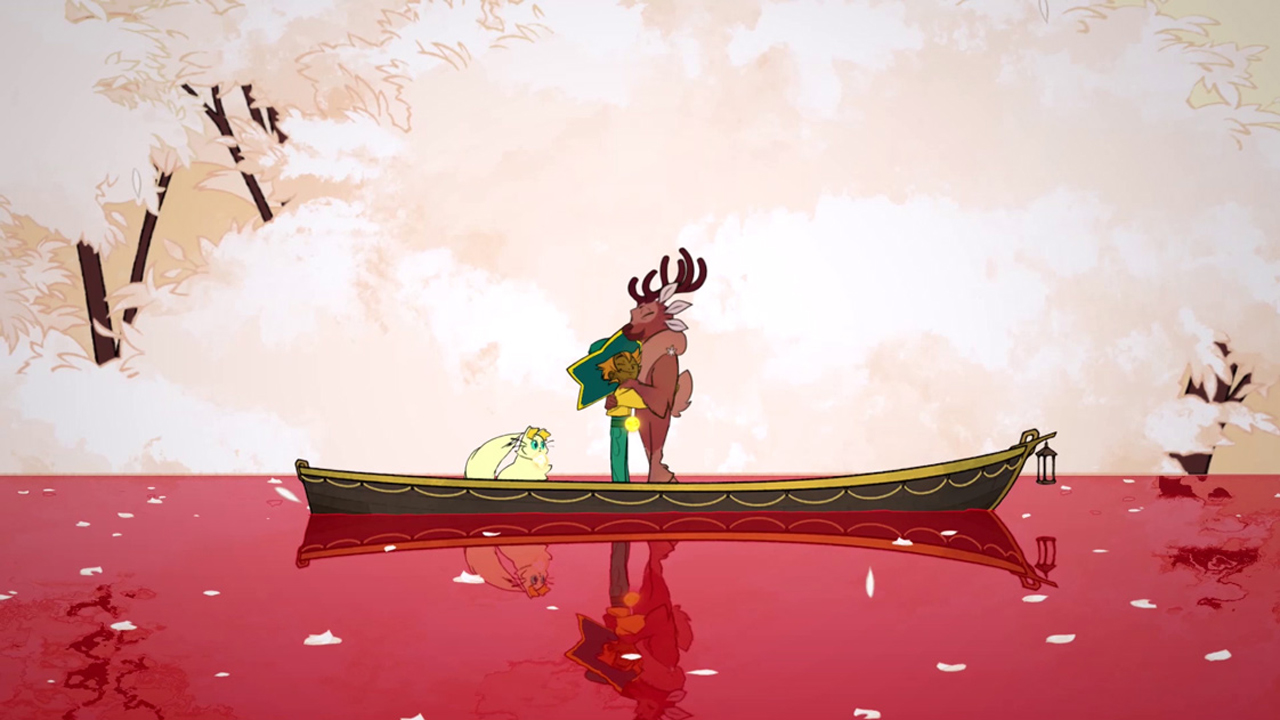
During my time with Spiritfarer, I'm overcome with so many different emotions. From laughing at the expressions of a mischievous spirit who tries to convince me that it's okay to pick some roses, to shedding some tears during a very bittersweet moment, Thunder Lotus' "cozy management game about dying" tugs at my heartstrings in surprising ways, and its approach to handling the difficult subject of death with so much warmth is an undeniable comfort.
You play as Stella, a ferrymaster to the deceased known as a Spiritfarer, who befriends and attends to spirits until they're ready to pass on to the afterlife. With creative director Nicolas Guérin as my guide, I get the chance to start the game at an advanced stage to check out some of the features on the ferry and get to know some of the spirits. As Guérin tells me, you encounter spirits in different ways, such as exploring different islands you can journey to, or by finding a particular item that will bring them to your boat.

It doesn't take long for me to get the overwhelming impression that, at its core, Spiritfarer is ultimately about caring for others. Whether it be carrying out the spirits' final requests, cooking a meal for a hungry passenger, or by tending to sheep and cows on the boat, everything you do is to help someone or something thrive. One of my favourite mechanics in the game is a great example of the many ways Spiritfarer succeeds at making it feel as though you're truly looking after the spirits you meet. You're able to hug the spirits aboard your boat, as well as your cat sidekick, Daffodil. Guérin explains that this was a feature the team wanted in Spiritfarer from early on in its development.
"I think it was something that right away, I knew I wanted. I knew that it had to be in the game. We wanted to do something that would make you feel like you're comforting them [the spirits]. And to do something that we feel like we would be comforted [by] as well," says Guérin. "The central axis of every mechanic is care. Just caring for others, caring for a crop – it's about care."
Life goes on
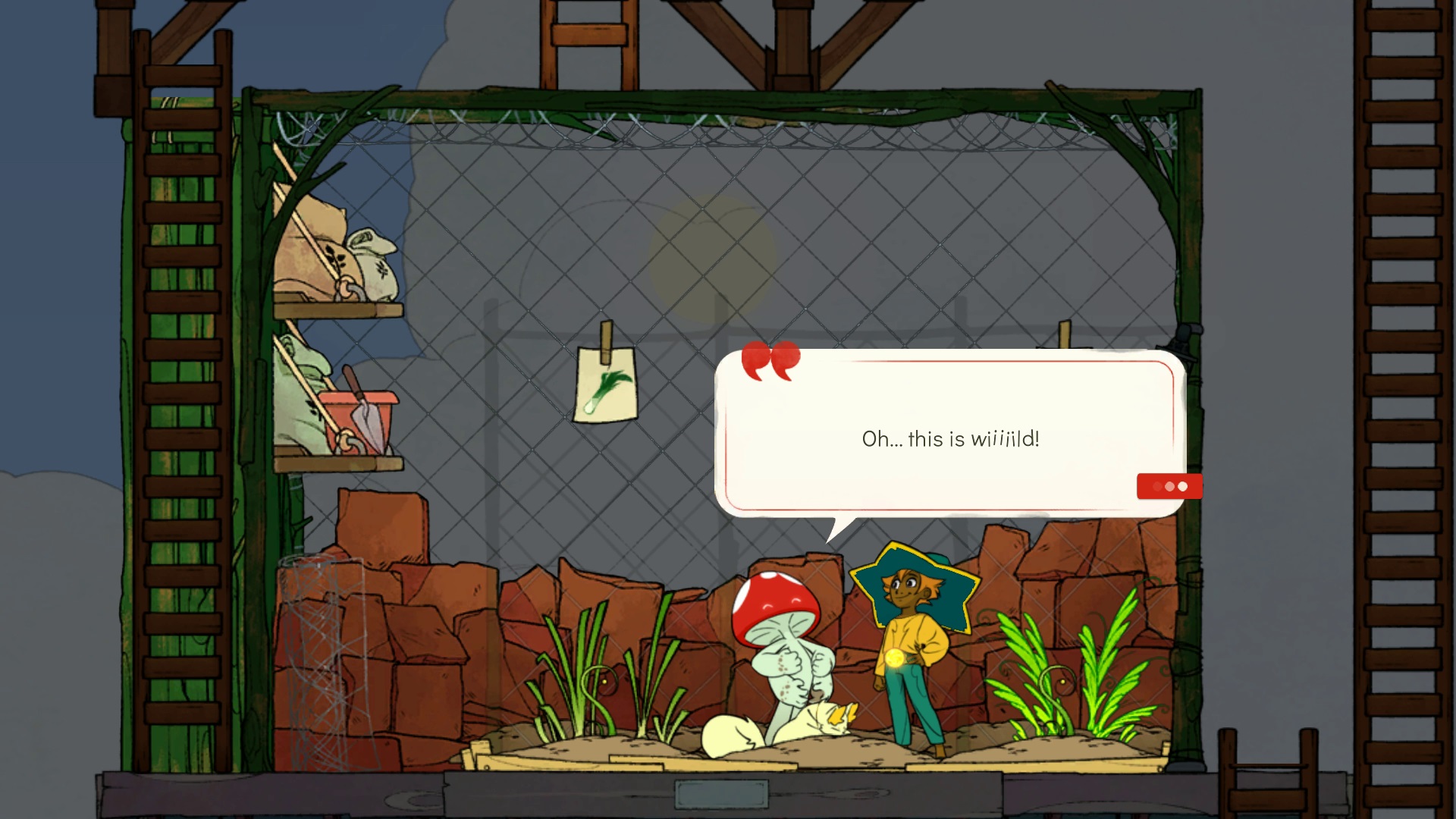
As a management game, the way you care for the spirits partly involves performing smaller daily tasks. This includes everything from cooking and mining, to fishing, and farming, all in an attempt to ensure that your spirit passengers have everything they need before they decide to cross over to the other side. You can tend to your garden, for example, while you set the ship to sail across the mystical seas to a new location using the projector map in Stella's cabin. With a day and night cycle, the ferry will come to a stop in the evening, so it's also a good time to tend to your daily activities before you go to sleep and start the day anew.
One of the first spirits I look after is Stanley, a kid who looks like a mushroom that I quite literally pull up from the ground in the garden. The garden is one of the amenities on your boat, and it's naturally a place where you can grow food like potatoes and lettuce. But, as it turns out, it's also needed to meet Stanely. I can't stop a big grin from spreading across my face as this little mushroom excitedly shouts about my big hat and kitty companion Daffodil.
While the spirits stay with you, sometimes they'll get hungry, and it's up to you to serve them a great meal they'll enjoy. Stanley starts feeling some hunger pangs, and with an aversion to fruit and vegetables, I set out to make him some french fries by gathering the right resources. In order to make some oil for the fries, I need to build a Crusher machine room on my boat to smash sunflower seeds using Pulsar ingot. As one of the more magical steps to making this dish, I have to travel to a specific location to catch Pulsar Ore that showers down onto the boat in rays of glittering light.
Weekly digests, tales from the communities you love, and more
Spirited animations
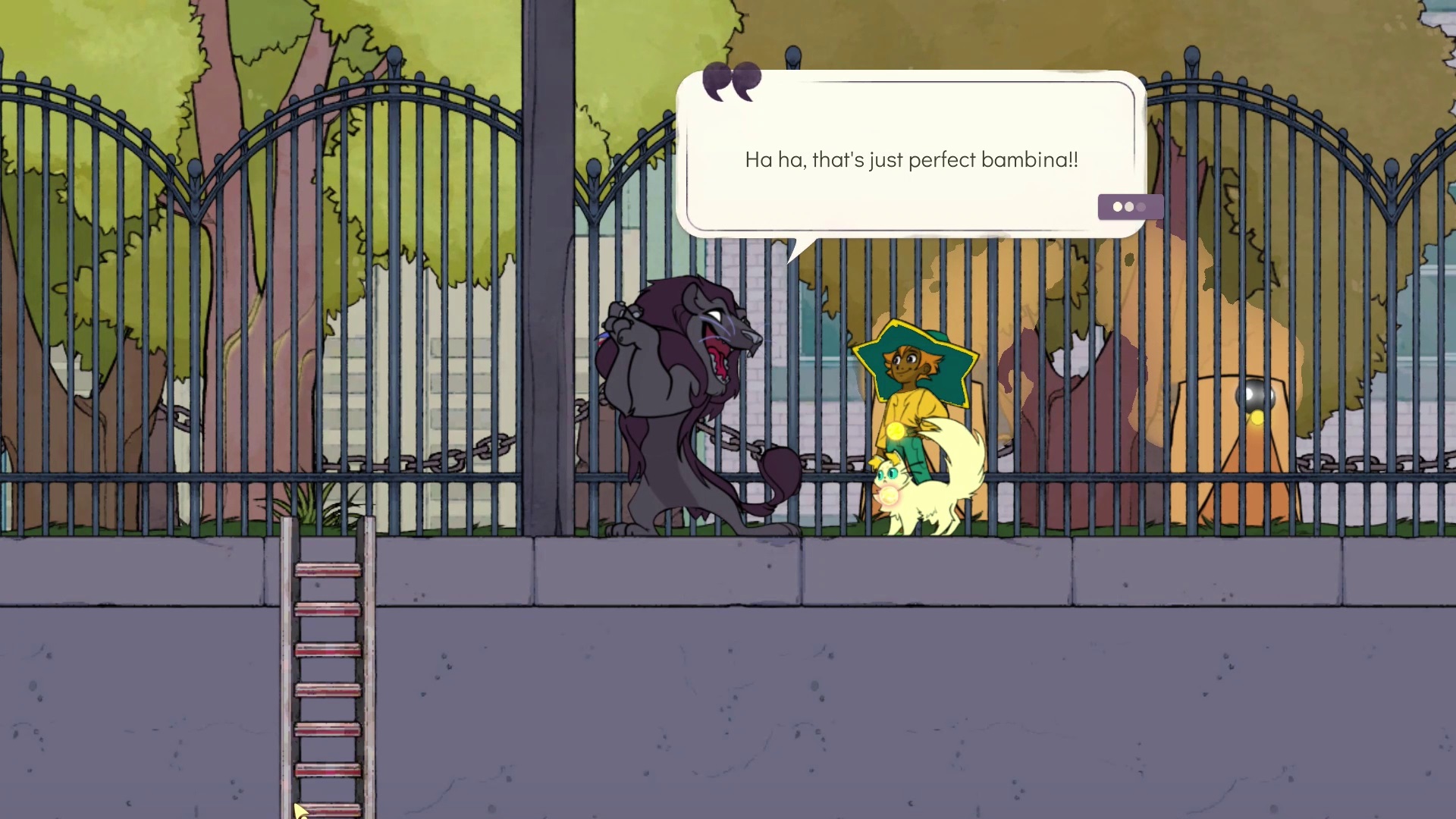
The central axis of every mechanic is care. Just caring for others, caring for a crop – it's about care.
Nicolas Guérin, creative director
It's all too easy to feel a fondness for Stanley thanks to the beautifully expressive animations that bring him and every other spirit to life. The visual aesthetic is utterly gorgeous, with a soft, gentle palette filled with warming hues that colour the skies above and reflect down to the waters below. The character designs also really capture the personalities of each and every spirit I come across on the ferry, and none more so than a lion spirit called Giovanni, who walks with a confident kind of swagger across the deck of the boat, and nonchalantly checks his nails with a prideful kind of confidence. I'm tasked with travelling to a park to gather some roses for Giovanni to give to his lady love.
Giovanni the lion spirit, Guérin says, is actually inspired by his grandfather, while another is inspired by his grandmother. In fact, around 80% of the spirits you can meet in Spiritfarer were influenced by people the team at Thunder Lotus knew. From uncles to great grandmothers, some characters are composite parts of many individuals' particular traits and stories. The fact that the team members' personal relationships and experiences "heavily inspired" the spirits is evidence in and of itself that the people we love or know in life can leave behind a lasting impression long after they're gone. And in both a physical and symbolic way, the spirits you help and bond with stay with you in Spiritfarer, too.
I can already tell that the spirits are sure to stay with you thanks to their distinctive personalities, but those that depart also leave their traces behind. In the little house they use to dwell in on the ferry, the spirit's signature flower decorates the now empty space. These flowers can be used to build up your ship, and as the ferry expands, the presence of the spirit that enabled you to add to the ferry can still be felt. The ship essentially becomes a constant physical reminder of everyone you've met along the way. "The people that had an influence in your life don't really leave because they leave something to you," Guérin says. "It's a gift from them. That's also a big part of, I guess, the meaning of the game."
Lasting impression

As well as taking inspiration from real-life people, some of the elements of Spiritfarer draw inspiration from Greek mythology, which is something Guérin has had an interest in for a very long time. Each spirit will give you an Obol, which is a coin from Greek mythology that was said to be placed in the mouth of someone who had died to guarantee them passage across the river Styx to the world of the dead. The Obols in Spiritfarer also help you upgrade your ship and unlock moves such as double-jump and dash, which in turn can help you continue to move forward. Just as you help the spirits take the next step in their journey and finally depart to the afterlife, they in turn help Stella progress.
As comforting as the idea is that those who leave us never truly do, and as warm and gentle as Spiritfarer is, saying goodbye is still never easy. Towards the end of my session, I have the opportunity to bid farewell to Gwen – the first spirit you "let go". She's now ready to leave and go to the afterlife, and after setting a course to the Everdoor – which is a portal to the world beyond – we travel together in a rowboat for the final leg of her journey.
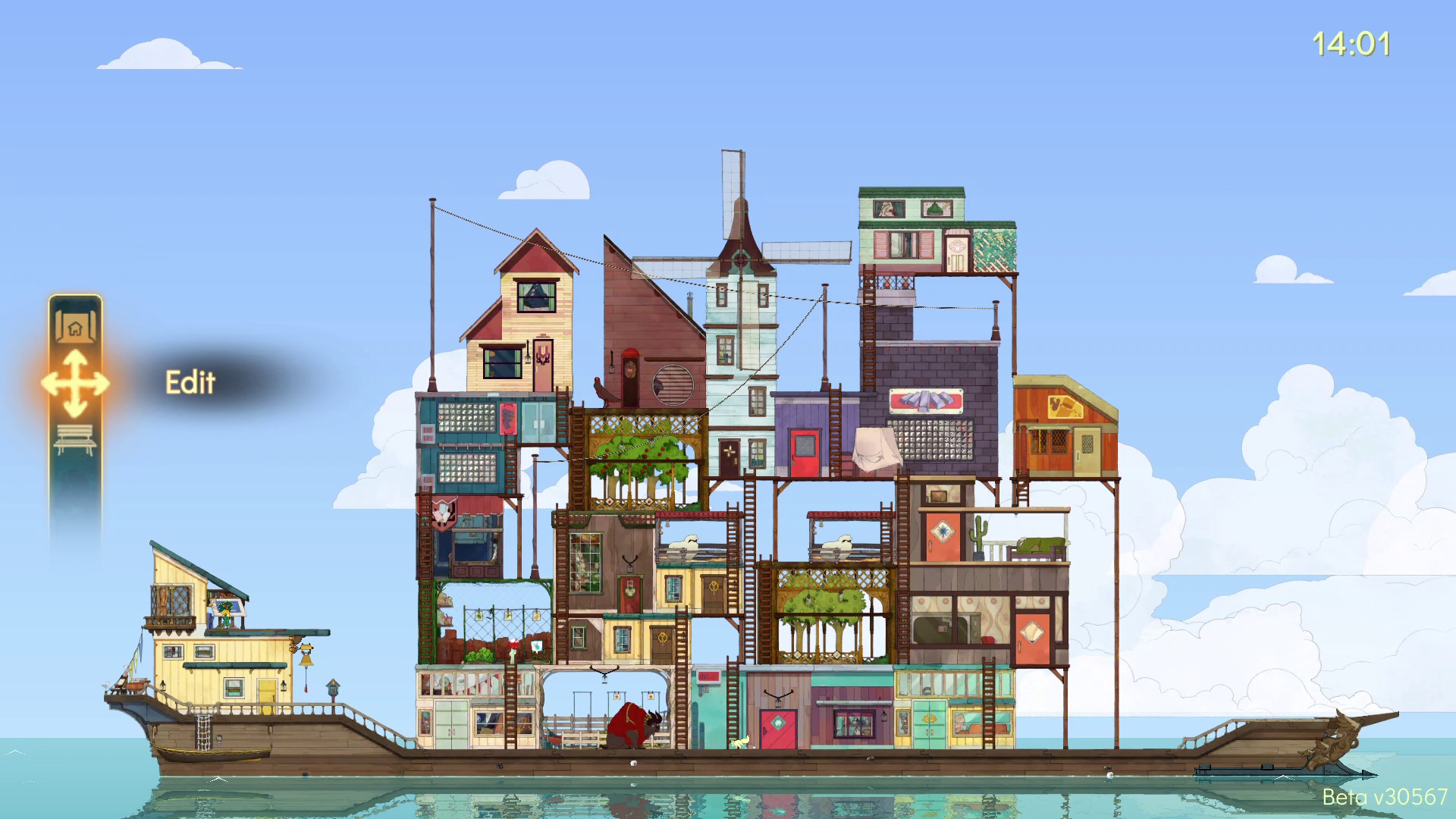
It's hard not to find the moment deeply moving. As the reindeer-like spirit comes to terms with letting go for good, Stella gives Gwen one final warm hug and thanks Stella for helping her get to where she needs to be. During the moment, I feel as though I'm a part of something truly special, and before I know it, the tears start to fall. Since you spend so much time caring for and befriending the spirits on your ferry, I can already imagine how many more tears I'll shed when it comes to saying goodbye to the other characters who finally sail to the afterlife.
From the smaller daily tasks to hugging spirits, and seeing them off to the other side, Spiritfarer manages to be both poignant and humorous and brings such a sense of bittersweet comfort. For a game about dying, Thunder Lotus' heartfelt portrayal of its characters, wrapped up in a warm, hand-drawn art style, is so full of life and love, and it's one I look forward to seeing more of when it releases later this year.
Spiritfarer is set to come to PC, PS4, Xbox One, Nintendo Switch, and Google Stadia.

I started out writing for the games section of a student-run website as an undergrad, and continued to write about games in my free time during retail and temp jobs for a number of years. Eventually, I earned an MA in magazine journalism at Cardiff University, and soon after got my first official role in the industry as a content editor for Stuff magazine. After writing about all things tech and games-related, I then did a brief stint as a freelancer before I landed my role as a staff writer here at GamesRadar+. Now I get to write features, previews, and reviews, and when I'm not doing that, you can usually find me lost in any one of the Dragon Age or Mass Effect games, tucking into another delightful indie, or drinking far too much tea for my own good.

